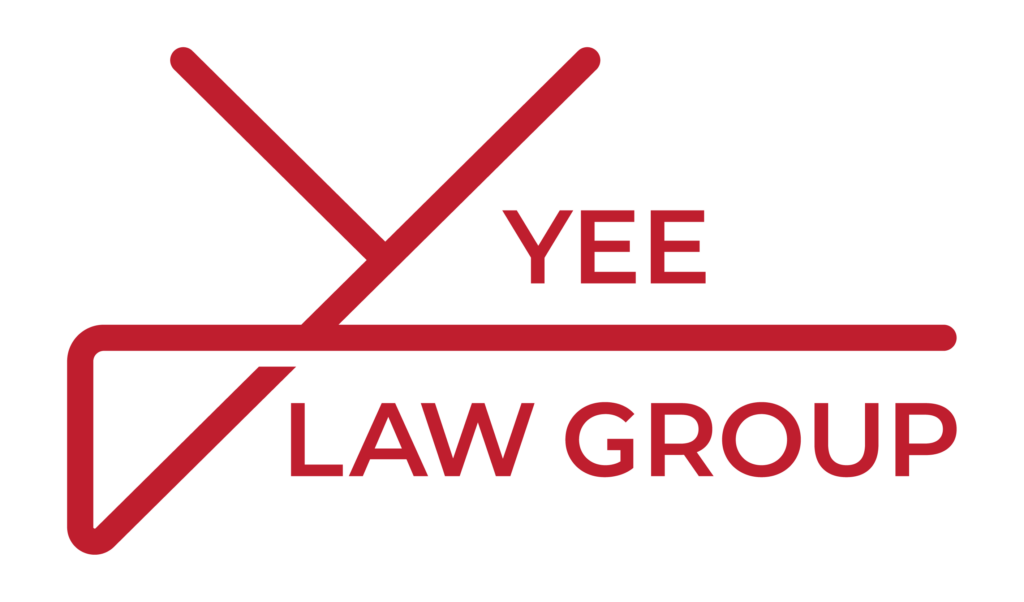Estate Planning Lawyer
Car accidents can be incredibly overwhelming for anyone involved: they can mean auto repair bills, medical bills, an increase in insurance coverage, and the emotional stress that happens after a traumatic experience. Typically, when you are involved in a car accident, the at-fault driver’s insurance will cover the injury claims stemming from the accident. Additionally, the at-fault driver will also pay a raised car insurance premium as punishment.
How to determine fault in a car accident
Most states are considered to be “fault states” (some of which include Alabama, California, Idaho, New Mexico, Ohio, Rhode Island, Tennessee, Virginia, Wisconsin, and others). If you live in one of these fault states, you must prove liability and fault for any of the injuries or damage resulting from the car accident. In some cases, proving fault is relatively straightforward. Everyone involved in the accident is aware of who broke the rules of the road and who will be held responsible. An obvious example is if a driver runs through a red light and hits a car driving through the intersection. Not only could this be caught on camera, but if other impartial witnesses were there to see what happened and willing to testify, it will be a relatively open and shut case.
Unfortunately, it is not always so simple. If you are the injured person, you must prove liability in a car accident case. To do so, there are three things to prove:
- There is a legal duty owed. This means that any driver who gets behind the wheel of a car owes this duty to every other driver on the road, including passengers, bicyclists, and pedestrians, to operate your vehicle with the reasonable standard of care expected by others.
- This duty was infringed upon. When this happens, it means the plaintiff must prove that the defendant (or the “hitter”) was acting in a way that was negligent and not fulfilling his duty of the standard care. In these scenarios, the behavior of the driver who is being called into question is measured against the behavior of a reasonable driver would have done in that situation.
- This breach of duty directly caused injuries. While proving the driver’s negligence is imperative, that does not necessarily mean they are at fault for your injuries. It must be proven that the driver directly caused the car accident, and without being in that accident, the plaintiff would not have sustained those injuries.
However, if you live in a “no fault” state (such as the District of Columbia, Hawaii, New York, Pennsylvania, and Utah), the person injured in the accident must first seek compensation from their own car insurance coverage, despite who caused the accident. Depending on the state, if the person was seriously injured or the case meets or exceeds the monetary threshold, then the injured victim can file a lawsuit against the negligent driver.
If you would like to know more about determining fault in a car accident, or if you or a loved one has been hurt in a car accident, please call an auto accident lawyer Memphis, TN trusts for more information.
Thank you to our friends and contributors at Patterson Bray, for their insight into car accidents and personal injury.


